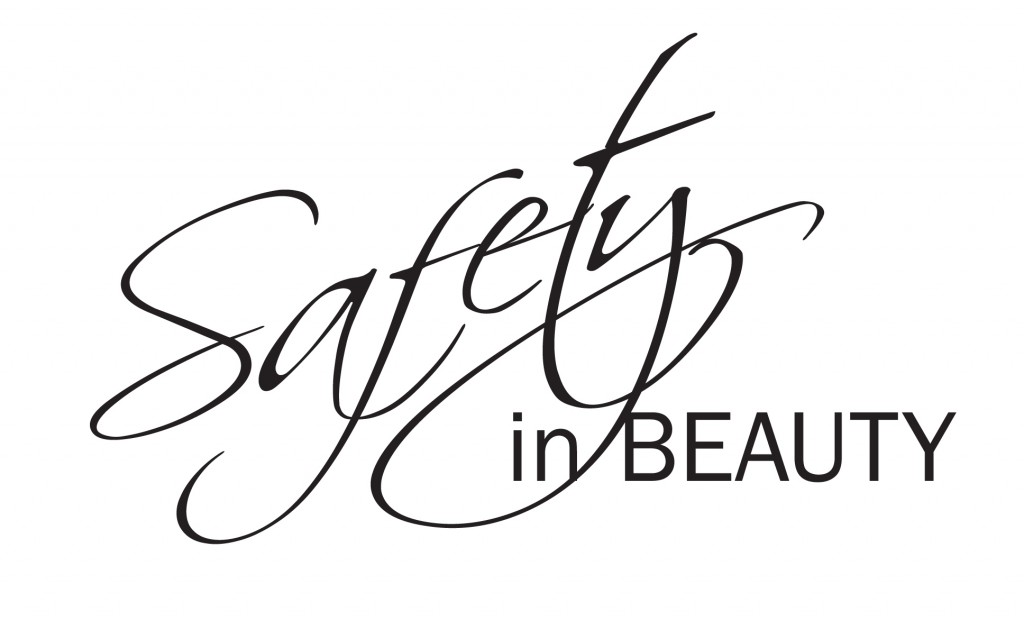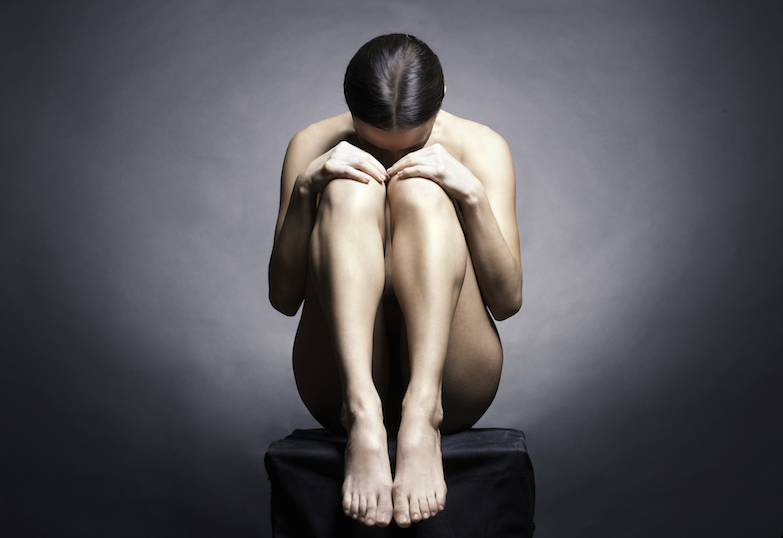Campaigners for improvements in health and safety in beauty and the cosmetic industries have fought an uphill battle in recent years, with rogue practitioners operating within the cosmetic surgery industry proving difficult to eradicate.
Much was anticipated in relation to safety within the industry after the Keogh report of 2013 was published. The Government ordered the report into the cosmetic interventions industry in response to the PIP breast implant scandal of 2011/2012. The scandal exposed deeply worrying lapses in product quality, aftercare, and record keeping in cosmetic surgery and consequently Sir Bruce Keogh recommended better regulation and training in the industry as well as proper redress for patients should things go wrong.
The situation looked promising; it seemed that long-overdue improvements in safety would be made. But although there have been some breakthroughs in patient safety and numerous small victories to celebrate since, the Keogh report was largely ineffective. Sadly, patients are still being subjected to substandard and sometimes reckless practitioners intent only on making money and who have scant regard for the safety of their patients. Some safety campaigners still deride the cosmetic industry as “the wild west of medicine”.
The alarming number of botched procedures has not had a detrimental effect on the numbers of people seeking cosmetic interventions, however, and the industry is booming. Statistics from The British Association of Aesthetic Plastic Surgeons (BAAPS) revealed that in 2015 over 51,000 Britons opted for cosmetic surgery constituting a record year for the industry. There was a 12.6% rise in invasive cosmetic procedures (with increased demand for all procedures) in contrast to the 9% dip observed in 2014. That fall is being considered as a reflection of the British economy and the scare behind botched procedures and PIP breast implants, while last year’s rise is associated with a more educated public who have come to realise the superior long-term effects of surgical treatments versus less invasive ones. BAAPS President and collator of the audit data, Rajiv Grover, believes that an increased openness from celebrities about the work they’ve had done has also contributed to lessened reservations about nip and tucks.
It seems that ‘Tweaked, not tucked’ has evolved as the new aesthetic ideal, with the demand for subtle, understated anti-aging procedures such as eyelid surgery, face lifts and fat transfer remaining largely unchanged – yet more ‘conspicuous’ treatments such as tummy tucks and nose jobs have dropped dramatically. It perhaps not surprising that breast augmentation (boob jobs)is still the most performed surgical procedure, demand for them plunged by a quarter (23%). Demand for breast reduction surgery, now infrequently carried out on the NHS, went up by a modest 3%.
Although the Keogh report did little in real terms to improve safety in the cosmetic industry, it did perhaps serve a purpose in the part it played in safety becoming the trend du jour. One campaign seemed to spawn another, and all campaigns have contributed to increasing public awareness about safety, and increasing the pressure on those who behave recklessly towards patients.
It has been apparent for some time that there is significant consumer ignorance with regard to how to choose a safe and appropriate cosmetic practitioner. With worrying numbers of unscrupulous, often poorly-trained practitioners all too ready to exploit patients’ vulnerabilities for profit, there has been thousands of cases of horrific, botched surgery, the result of which is often permanent. The Think Over Before You Make Over campaign was borne to address this deficit in consumer awareness. Led by the British association of Plastic Reconstructive and Aesthetic Surgeons (BAPRAS), the campaign provides a comprehensive range of advice on for everyone who is seeking cosmetic surgery in order for them to choose safely and minimise their risk of suffering physical and emotional harm.
Similarly, the #Wake Up Don’t Fake Up campaign was launched to protect consumers from the ever-growing risk of being duped into buying fake cosmetics, some of which can be harmful. The campaign, the brain child of the City of London Police unit is highlighting the dangers of buying and using counterfeit goods such as make-up, perfume, electrical hair stylers and sun-cream. As well as the potentially harmful effects of the products themselves (such as allergic reactions and the potential for burns from defective electrical equipment) in addition, PIPCU is urging online shoppers to be aware that by purchasing counterfeit goods online they are running the risk of their financial and personal details being compromised and being used for other fraudulent scams, as well as exposing their computer to malware and viruses.
Many other steps have been taken and campaigns launched to protect consumers. The Beauty Burns campaign also aims to eradicate burns from hair straighteners in children.
Last week saw perhaps the biggest victory to date for safety campaigners within the beauty industry: the announcement that strict new guidelines will be put in place to clampdown on rogue surgeons who put profits ahead of the health and wellbeing of their clients. The announcement was welcomed by campaigners, of course, but guidelines can, and frequently are, side-stepped as they are not enforceable by law.
The new guidance, issued by the General Medical Council (GMC) promises a drive to eradicate doctors offering patients “two-for-one” deals and similar promotions, and cracking down on anyone making “unjustifiable claims” about procedures.
The guidance will cover acceptable practice for surgical and non-surgical procedures such as facelifts, breast implants and Botox, and anyone who fails to adhere to the rules could face being struck off the medical register. In addition, doctors must make sure patients are given enough time and information before they decide whether to have a procedure and patients should not feel rushed or pressured; a patient’s psychological needs must be considered before any procedures are undertaken; doctors must recognise and work within the limits of their competence; patients should be given written information about procedures being undertaken; continuity of care must be provided so patients know who to contact if they experience any complications and full details of any medicines or implants being used must be made readily available; as well as the requirement for full and accurate records of consultations should be made.
It is all very well clamping down on rogue doctors – at least doctors are governed and can be subject to disciplinary procedures and dismissal and can be forbidden from practicing. But what of those who carry out cosmetic treatments who are not doctors, and who are neither qualified nor trained to do carry out procedures? Protecting consumers from these people presents an even greater challenge.
To whom are those who complete half a day’s course in a cosmetic intervention accountable? Those who are ill-qualified and ill-equipped to be wielding syringes at unsuspecting members of the public? Currently, they are accountable to no-one.
Then there are those who fly in from abroad, brandishing big promises and fake certificates, then disappear in a puff of smoke when patient procedures go awry. It is when we consider all these unscrupulous people armed with nothing but a bare-faced cheek and pound signs in their eyes, and the destruction they inevitably leave in their wake, that we realise we are not really any nearer to giving consumers of cosmetic surgery the protection they deserve. The Keogh report failed to ensure anything but the slightest bit of extra protection for those seeking surgery and is widely considered amongst industry professionals as having being inadequate in keeping rogue practitioners in check.

